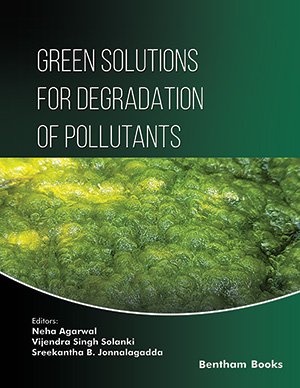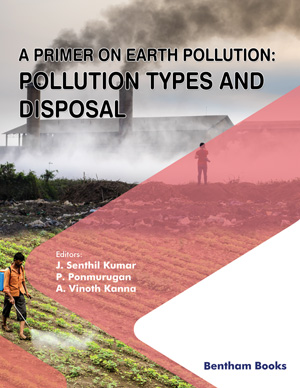Abstract
Nanomaterials (NMs)-based technology is a powerful tool in the current
scenario because of their size and unique physicochemical properties. Green
synthesized NMs are promising in creating new and vital products that are beneficial to
the environment, industry, and humans. Due to its simplicity, nontoxicity, and
environmentally benign advantages, the synthesis of metal nanoparticles (NPs) using
green techniques has received a lot of attention recently. Every day, attention is drawn
to recycling waste and putting it to good use. NPs are easily manufactured in a green,
energy-free manner using plant extracts that are not intended for human consumption.
Metal-based NPs are widely used due to their applications, including medicine,
biomedical sciences, biosensing, food, cosmetics, and electronics. NPs produced from
novel synthesis techniques using plant extracts have remarkable qualities. In the
synthesis of NPs via the green approach, many metals such as silver, gold, copper, zinc,
manganese, nickel, and magnesium are used due to their unique physical and optical
properties. In this chapter, the authors have reported the mechanisms of various green
methods of synthesis of NPs, their biological and environmental applications along
with their challenges and prospects.
Keywords: Antioxidant, Antimicrobial, Anti-bacterial, Anticancer, Biodegradable, Catalytic activity, Dye degradation, Green synthesis, Nanoparticles.











